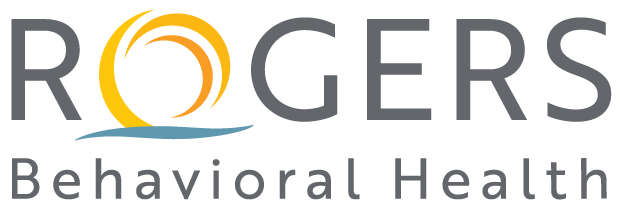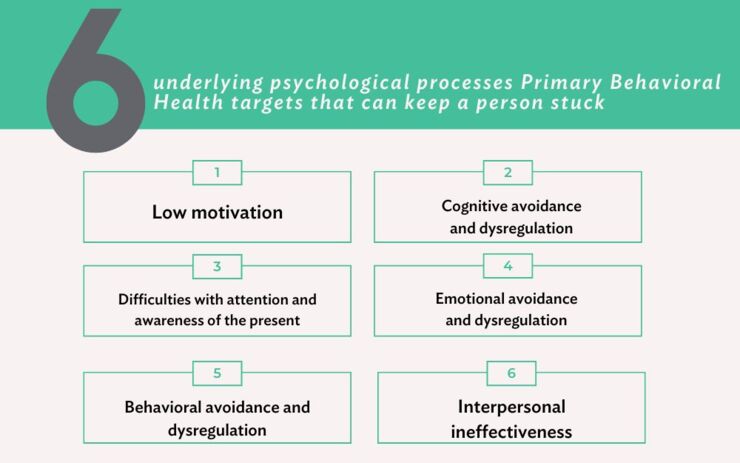DSM-5 Now Categorizes Substance Use Disorders in a Single Continuum
Posted on 02/24/14 11:36:am
Commonly referred to as DSM-5 or “psychiatry’s bible,” the fifth edition of the Diagnostic and Statistical Manual of Mental Disorders by the American Psychiatric Association (APA) provides revised criteria to be used by clinicians as they evaluate and diagnose different mental health conditions. Included in DSM-5 is a new chapter on “Substance-Related and Addictive Disorders.”
DSM-5 categorizes a variety of substance use disorders (SUDs) separately with criteria that provide a gradation of severity within each diagnostic category. Previous editions of the DSM identified two separate categories of substance use disorder, “substance abuse” and “substance dependence,” but the new diagnostic manual combines these disorders into one. The DSM-5 also makes a couple of changes to the diagnostic criteria for SUDs and adds a disorder not involving substance use to the chapter, Gambling Disorder. In so doing, the new edition has removed the terms “abuse” and “dependence” and has included the term “addiction” for the first time.
Why This Matters
The combination of the terms is important because “dependence” could be confusing to some clinicians and patients since the term is used medically to describe the body’s adaptation to a consumed substance. Thus, “physical dependence” and the DSM’s term “substance dependence” were often applied inappropriately. Also, many persons consider the term “abuse” to be stigmatizing and not appropriate to use in the description of a significant health problem. While the term “substance abuse” still enjoys wide usage, it no longer is used to describe a specific condition within the DSM.
Dr. Michael Miller, medical director of Rogers’ Herrington Recovery Center, says these revisions are some of the most important changes to the guidebook. “This edition of the DSM moves away from a longstanding distinction between substance dependence and substance abuse, one considered a more severe condition and one a less severe one, with the two being rather mutually exclusive. SUDs are now referred to along a single continuum, and they are designated in the DSM-5 as mild, moderate or severe. Diagnostic criteria for former dependence and abuse have basically been combined. Now, two or more of 11 criteria need to be present for a diagnosis of SUD-Mild. For SUD-Moderate, it’s four or more, and for SUD-Severe, it’s six or more. In addition, the criterion of legal problems no longer appears and a new criterion in the diagnosis of SUD has been added to the DSM-5: craving.”
Some key criteria of SUD in the DSM-5 include:
- Missing school, work or other responsibilities due to substance use
- Building up a physiological tolerance to the effects of a substance
- Craving the substance
- Failing to quit using despite multiple times of trying to do so
Dr. Miller explains that addiction is further defined by the American Society of Addiction Medicine (ASAM), and that ASAM published a major revision (also in 2013) to an important guidebook used by addiction clinicians. The ASAM Criteria is a revision of the utilization management and treatment planning guide first published by ASAM in 1991 as the Patient Placement Criteria for the Treatment of Psychoactive Substance Use Disorders.
“The new ASAM criteria really focus on the treatment aspect of addiction, rather than making a diagnosis and trying to segment a diagnosis into a level of care. This newest ASAM Criteria includes updated criteria for ‘detoxification’ services, changing the title of those sections to ‘withdrawal management.” says Dr. Miller. The ASAM Criteria also includes chapters on the treatment of Gambling Disorder and Tobacco Use Disorder and sections on the treatment of special populations of patients, including pregnant women and persons in safety-sensitive occupations such as licensed health professionals.
What is Addiction?
According to the ASAM, “Addiction is characterized by inability to consistently abstain, impairment in behavioral control, craving, diminished recognition of significant problems with one’s behaviors and interpersonal relationships, and a dysfunctional emotional response. Like other chronic diseases, addiction often involves cycles of relapse and remission. Without treatment or engagement in recovery activities, addiction is progressive and can result in disability or premature death.”
Furthermore, an addiction is defined as a “primary, chronic disease of brain reward, motivation, memory and related circuitry. Dysfunction in these circuits leads to characteristic biological, psychological, social and spiritual manifestations. This is reflected in an individual pathologically pursuing reward and/or relief by substance use and other behaviors.”
Other Key Changes
DSM-5 also includes the addition of diagnostic criteria for conditions not previously included in the DSM, such as cannabis withdrawal and caffeine withdrawal. In addition, it removes the concept of “polysubstance dependence” as a separate disorder. Including Gambling Disorder in the chapter on “Substance-Related and Addictive Disorders” is also a major change, in categorization of conditions and in the thinking about addiction. To this extent, the DSM and the new ASAM definition are aligned in viewing that addiction involving gambling is best understood not as an “impulse control” problem as the DSM had previously viewed it, but truly as a part of the spectrum of addictive disorders. This change within the DSM reflects increasing evidence that some behaviors – like gambling – can activate the brain reward system with effects that are similar to those of drug use. Other substances included in DSM-5 are alcohol, hallucinogens, opioids, sedatives/analgesics, stimulants and inhalants. Nicotine as a substance to which one can develop addiction is featured in the DSM-5, but the disorder associated with this drug has been renamed as Tobacco Use Disorder. But, other than adding the new criterion of craving and removing the criterion of legal problems related to substance use, the wording for the other 10 diagnostic criteria for SUDs has not been revised from the previous edition of the DSM.
How to Get Help from Rogers
If you or someone you love is struggling with addiction or any mental health condition, you can call Rogers Behavioral Health at 800-767-4411 for a free screening, or you can request one online.
Topics
Share this article:



